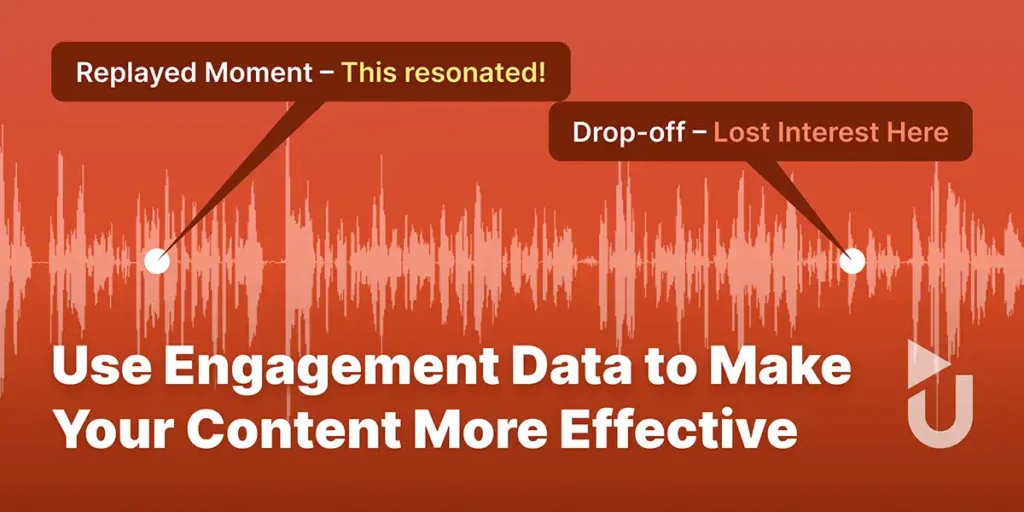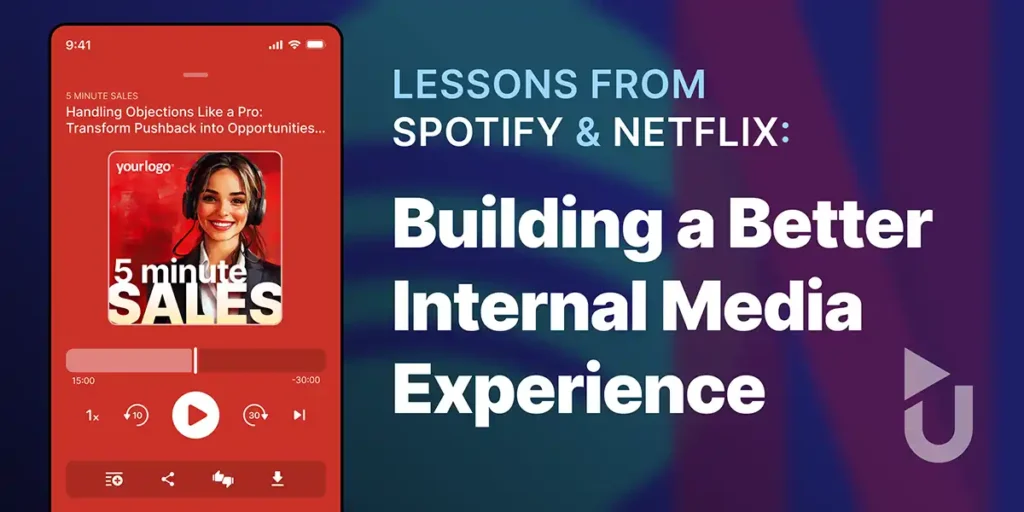Ragan Offers Tips for Getting Started With Internal Podcasts
uStudio Staff | News & Events, Podcasting

“4 Steps to a Winning Internal Podcast Program” originally appeared on October 11, 2018 on ragan.com. In it, we explain the fastest path to success for companies seeking to modernize their corporate communications with podcasting.
4 Steps to a Winning Internal Podcast Program
Promote your initiative, devise content that will resonate with your target audience, and make your episodes easy to consume.
Setting up your organization’s internal podcast is not as difficult as you might think.
Here are four steps to get you started:
1. Plan your content in a channel/show/episode framework.
Start by identifying your target audiences—which could be as simple as executives, sales teams or all employees—and then map out which shows will be most important to your core listeners.
For example, perhaps the sales channel would like a show titled “This Week in Sales” that delivers a weekly 10-minute episode discussing new customers, winning pitches or ideas for handling objections. The all-employee channel might enjoy a show with interviews of executives offering two or three new episodes every quarter. You might also consider episode filler content, where you feature guest podcasters or host Q&A sessions. If a CEO is recording a podcast announcing a new executive hire, make it an interview that includes audience Q&A.
The key is to not overthink it. Relevant, useful content is the key reason employees will engage with podcasts. There’s no reason to make something that’s overproduced or extensively scripted. You might even decide your weekly webcast would make a great podcast series.
How many of us record meetings but never go back and listen because it’s not easy to access? Test different types of shows with varied episode formats, and change the pace to keep your audience engaged.
2. Start producing.
Once your content framework is in place, invest in your “recording studio.” This can be as simple as a microphone plugged into an iPhone or as sophisticated as a suite of professional microphones and headsets connected to a local voice recorder and mixer.
Regardless of your equipment, set up a quiet space for recording. A vacant office or an empty room with good acoustics will suffice. Remember things like turning off the air conditioner during your session. What’s most important is that your episode hosts and guests feel comfortable so they come across as relaxed and authentic in their delivery. It’s easy to detect when someone feels awkward or stiff—which is much easier to hide in print and email.
3. Get your podcast to the audience.
You’ve recorded a podcast. Now what?
The crucial bit is disseminating your content in a manner that best suits your audience. Of course, a great product does not guarantee adoption, so prioritize promotion. Make it easy to stream or download your podcast, and clarify what they stand to gain from listening.
Incentives never hurt. Consider monthly listener leaderboards and giveaways to pique people’s interest. Podcast loyalty programs can help, too.
With automated phone notifications and a regular rhythm of producing interesting episodes that cover relevant topics, employees will come to anticipate and appreciate corporate podcasting. This hinges on your delivering the goods conveniently, though.
4. Measure ROI.
It’s not enough to blast out your podcast and hope for the best. Keep tabs on who’s listening, and monitor meaningful metrics.
Many modern podcast tools enable you to track every individual play, rewind, pause and share of your piece—in addition to when people listen and on which kind of device—to shed light on gaining traction (or not). Closely watch the data, and augment your podcast content as needed. Seeing what resonates on a podcast helps inform your other communication initiatives.
Private podcasting is offering organizations a new way to reach, teach and engage with employees. The good news is that internal podcasts don’t require massive investments or a tremendous amount of effort; content is relatively easy to set up, record and distribute.
It’s an easy win for companies looking to enhance culture, boost connectivity and share meaningful messages with employees. Why not give it a whirl?
/Jen Grogono, CEO uStudio


